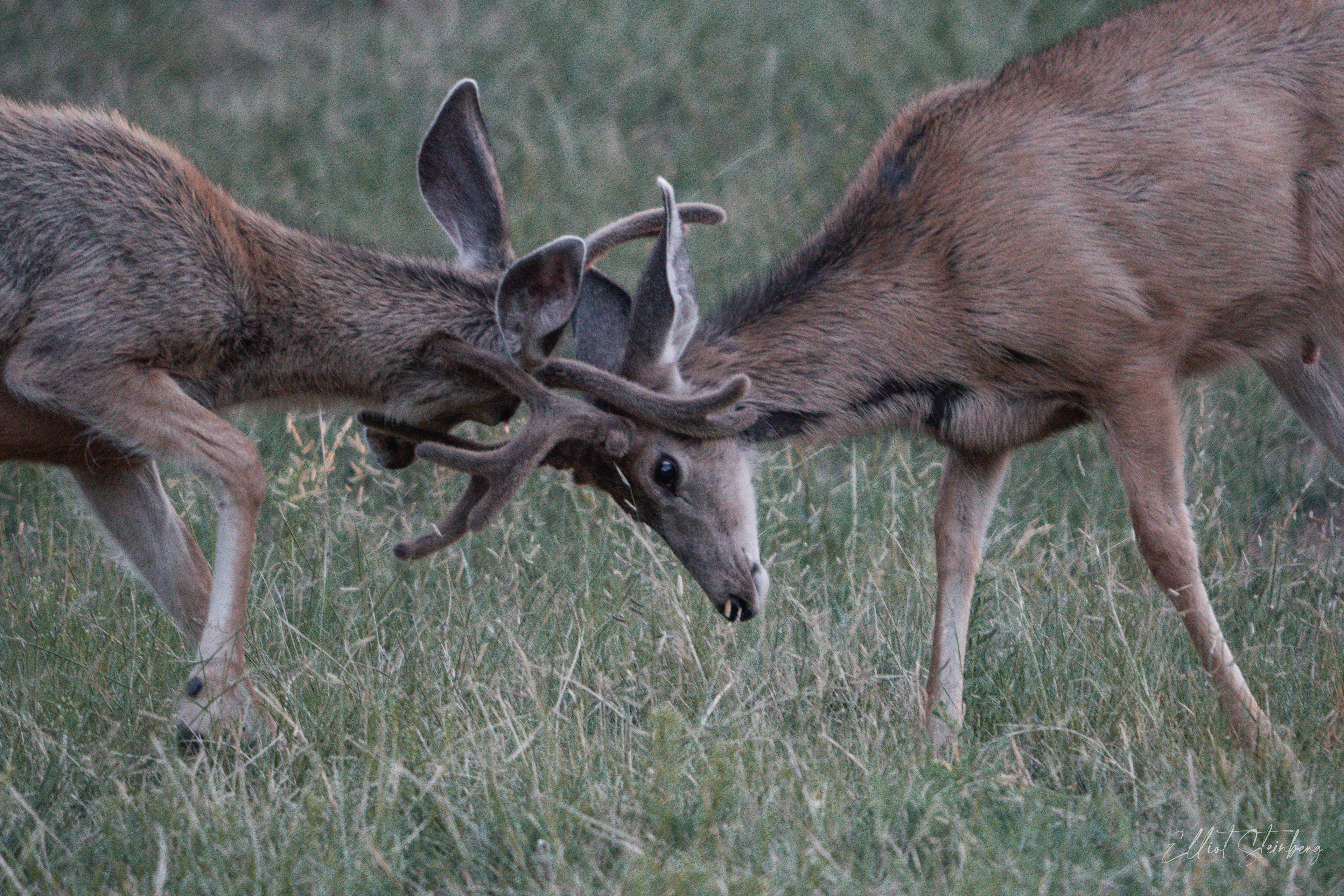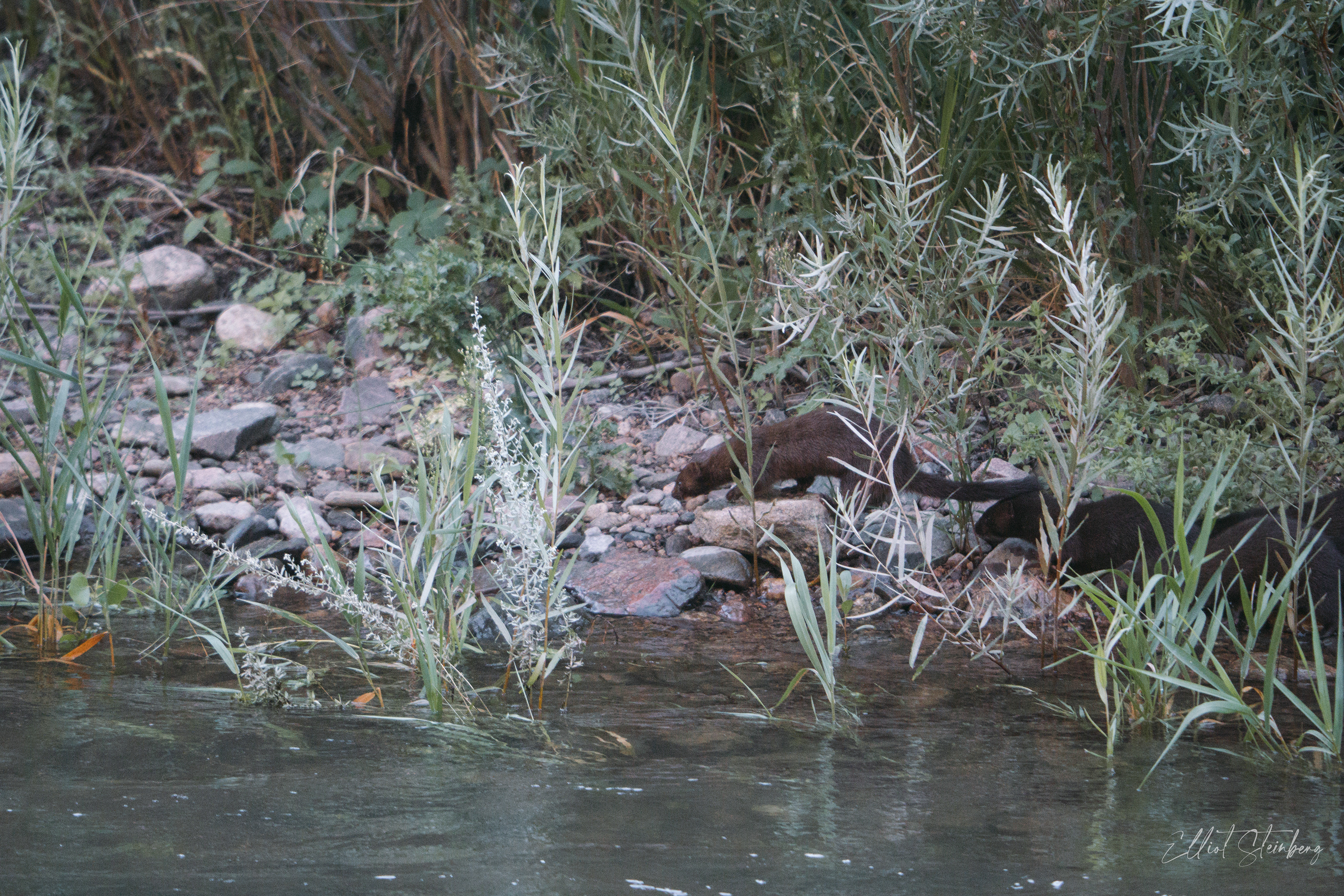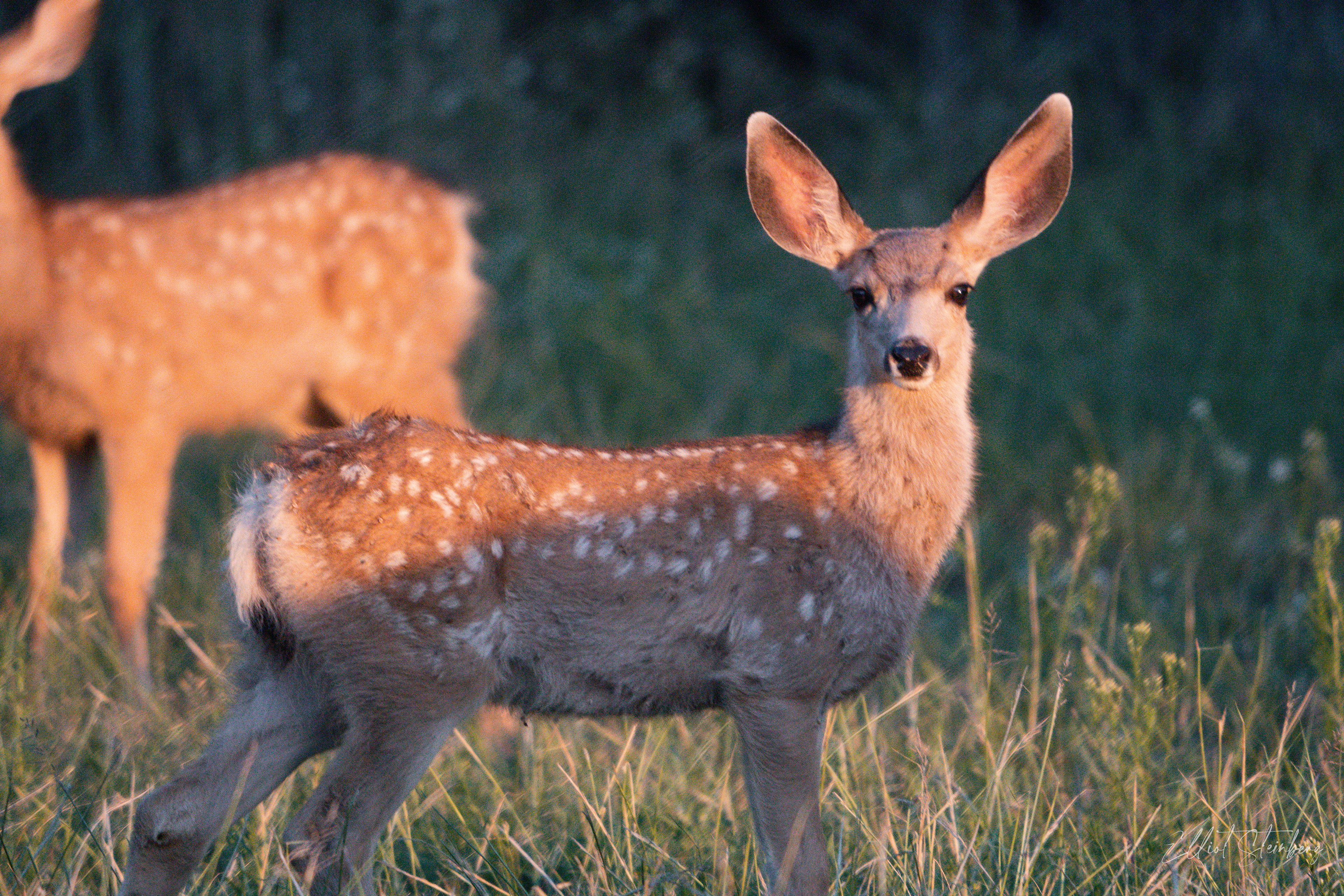In the sun-kissed realm of Florida, where the gentle zephyrs carry tales of the ocean, pelicans reign as the feathered monarchs of coastal grace. These majestic creatures, with their wide wingspans and regal visages, embody the spirit of the Sunshine State. In the early morning light, as the sun blushes the horizon, pelicans take flight, their silhouettes etched against the canvas of dawn, painting a scene of ethereal beauty. With a balletic poise, they glide above the cerulean waters, dipping and diving, a symphony of wings and water merging in a harmonious dance. Their beaks, like sabers of destiny, plunge into the sea, reaping the bounty beneath. Each swoop is a testament to their mastery of the maritime ballet, a timeless performance that whispers the secrets of Florida's coastal saga. As the day unfolds, the pelicans adorn the coastline, guardians of a world where the sky meets the sea, a living emblem of Florida's wild and wondrous soul.
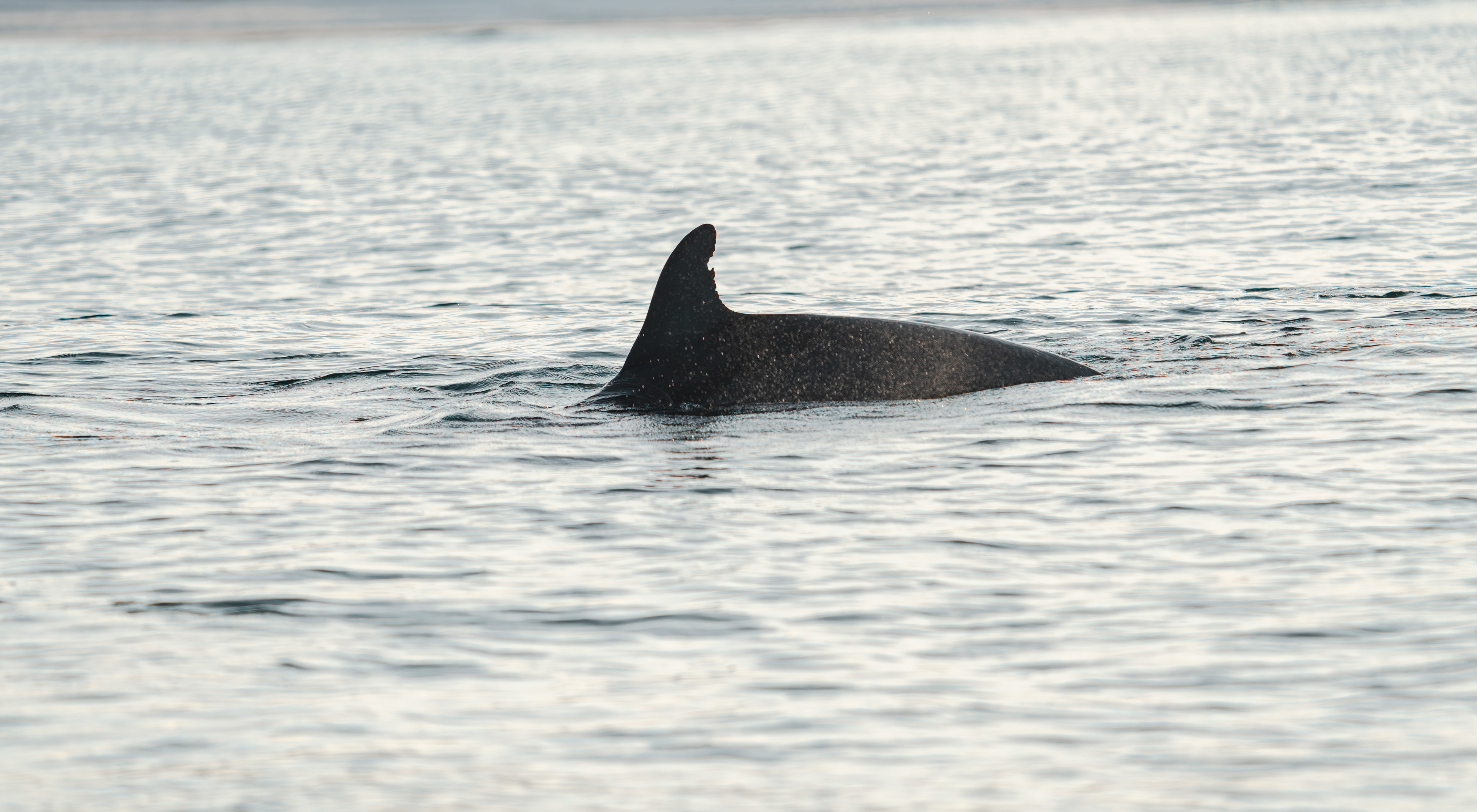
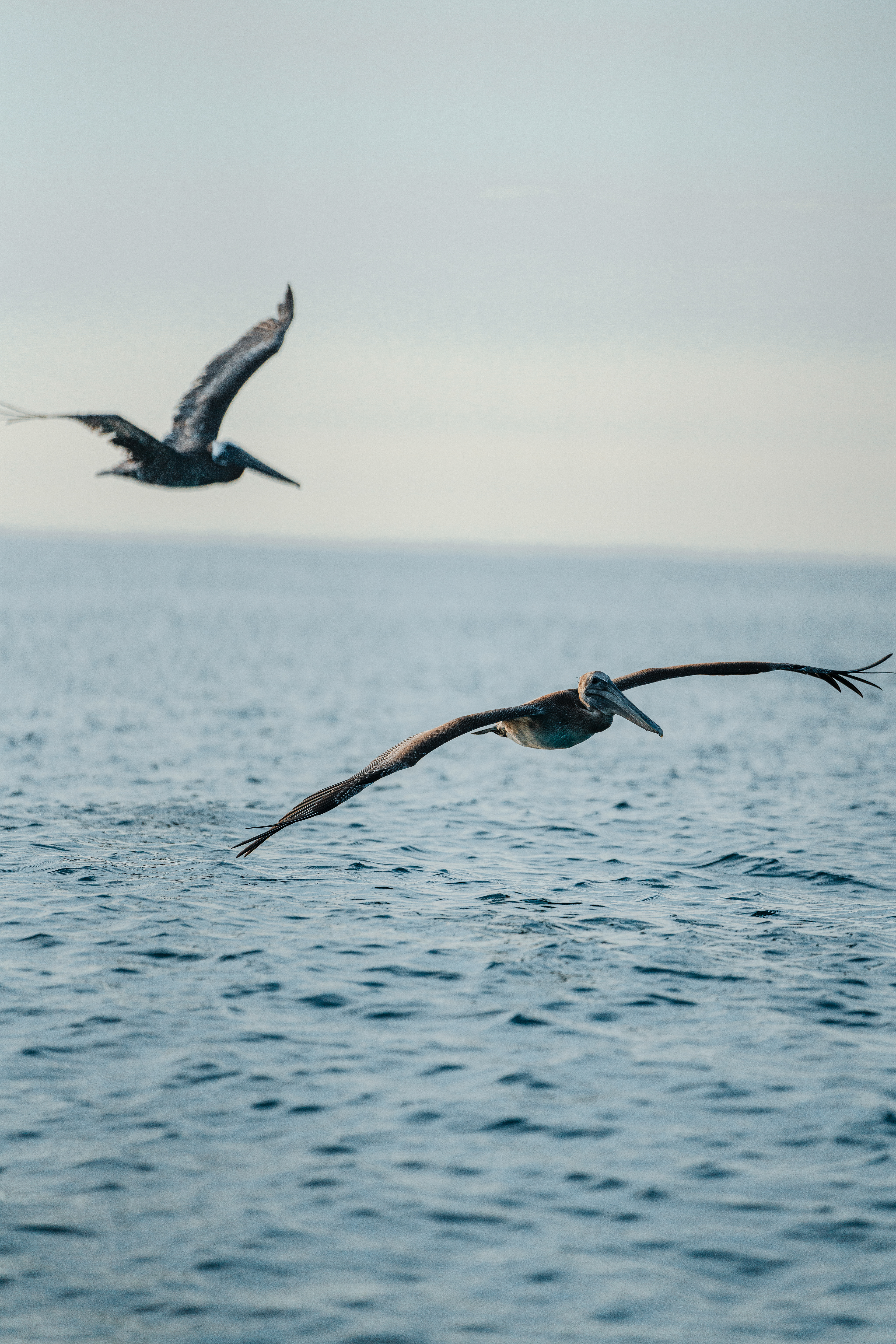
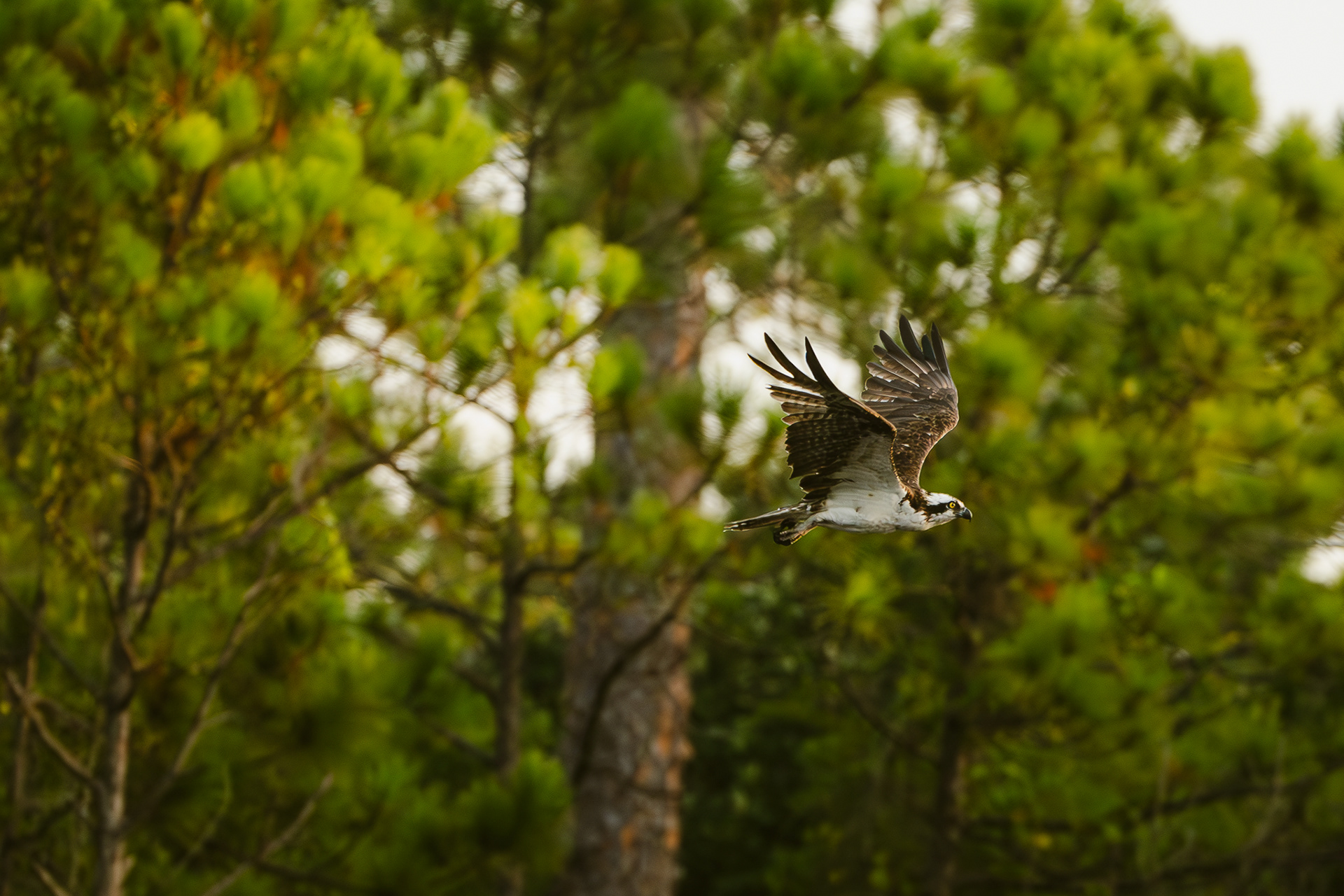
In 2001 The Great Smoky Mountains National Park began the reintroduction of Elk with a herd of 25. The following year 27 more were released, but the reintroduction group realized that Black Bear were killing a significant number of the elk calves, which halted the growth of numbers. Slowly the Elk learned ways to keep their calves safe. Since then, the number of Elk has skyrocketed to over 200 roaming the park, and that number continues to grow with each rut.
After spending the weekend in Cataloochee Valley, I was amazed at the number of Elk I saw roaming the park and neighboring towns. Some of the locals of Maggie Valley(the city neighboring Cataloochee valley) even described them as “rabbits.” Seeing humans and Elk living in the same place without any issues was remarkable.
Similar to Moose, humans think Elk are a dangerous species. Quite the contrary, I spent over an hour following a 13-point Bull (seen above) around the valley and never once felt threatened. As long as I kept my distance and didn’t make myself a threat, coexisting was never a problem. Unfortunately, humans consider themselves invincible and disregard the respect that these large animals deserve. This leads to injury, death, and the persecution of these beautiful animals. The locals of Maggie Valley can live with these animals because of their general respect for one another.
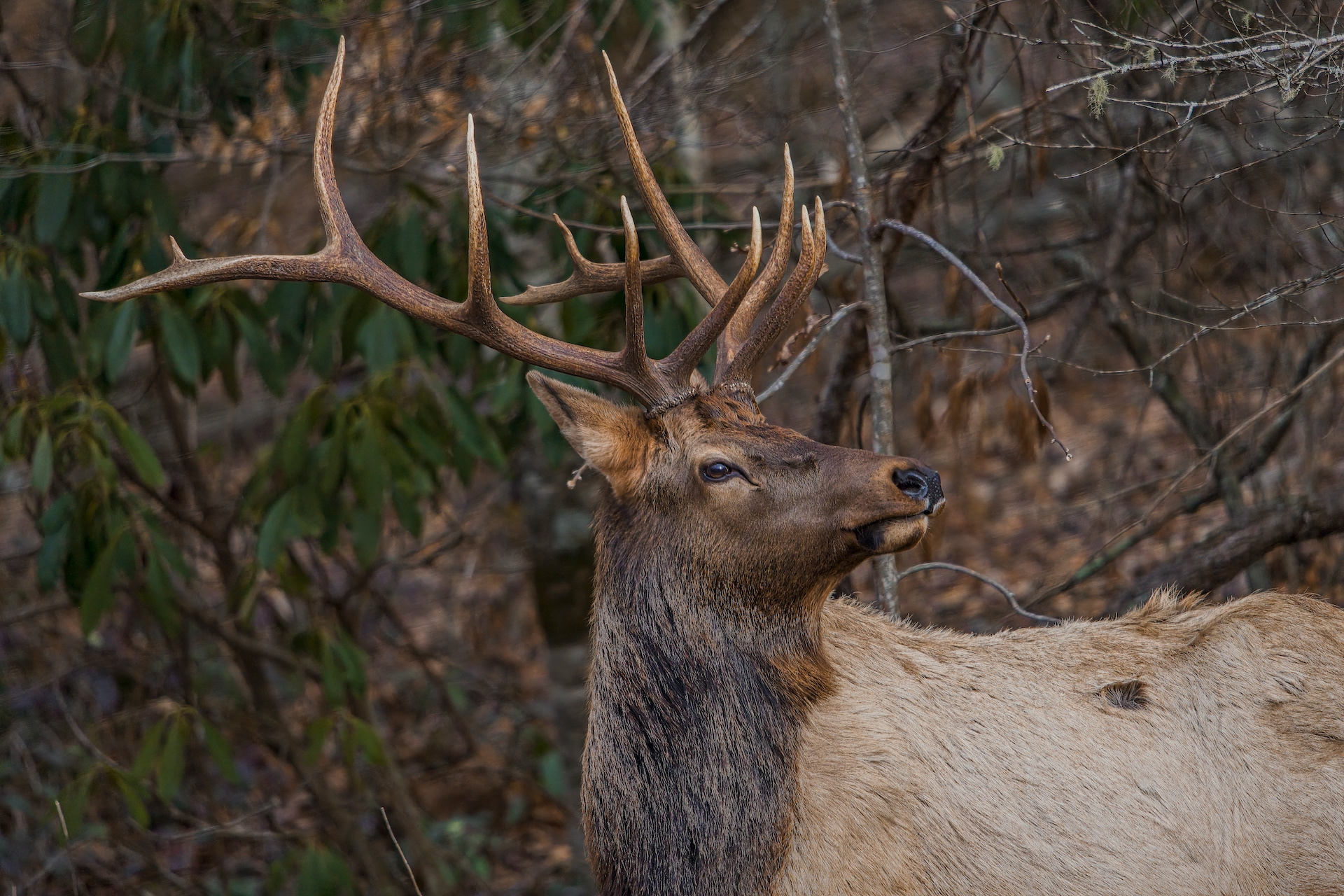
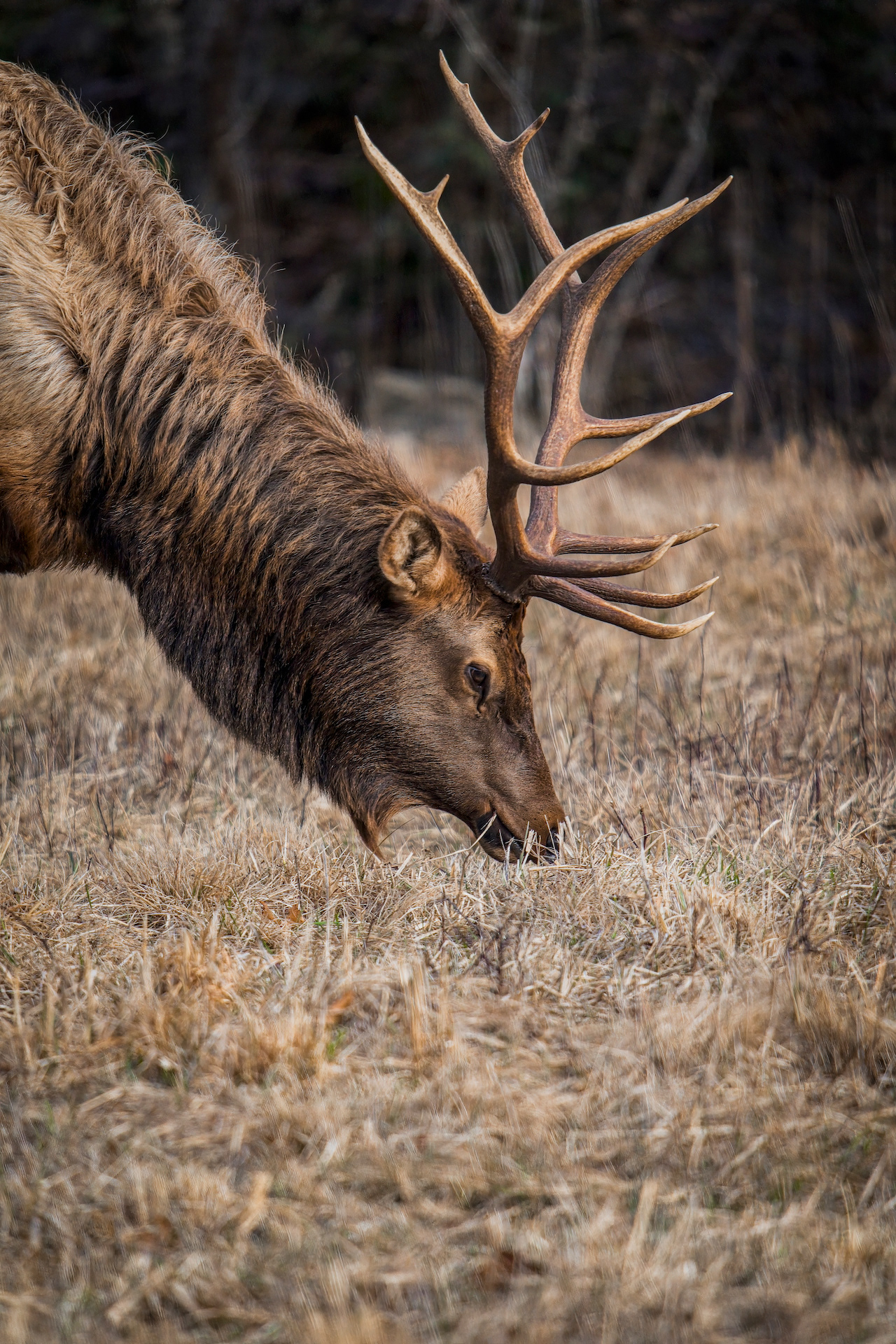
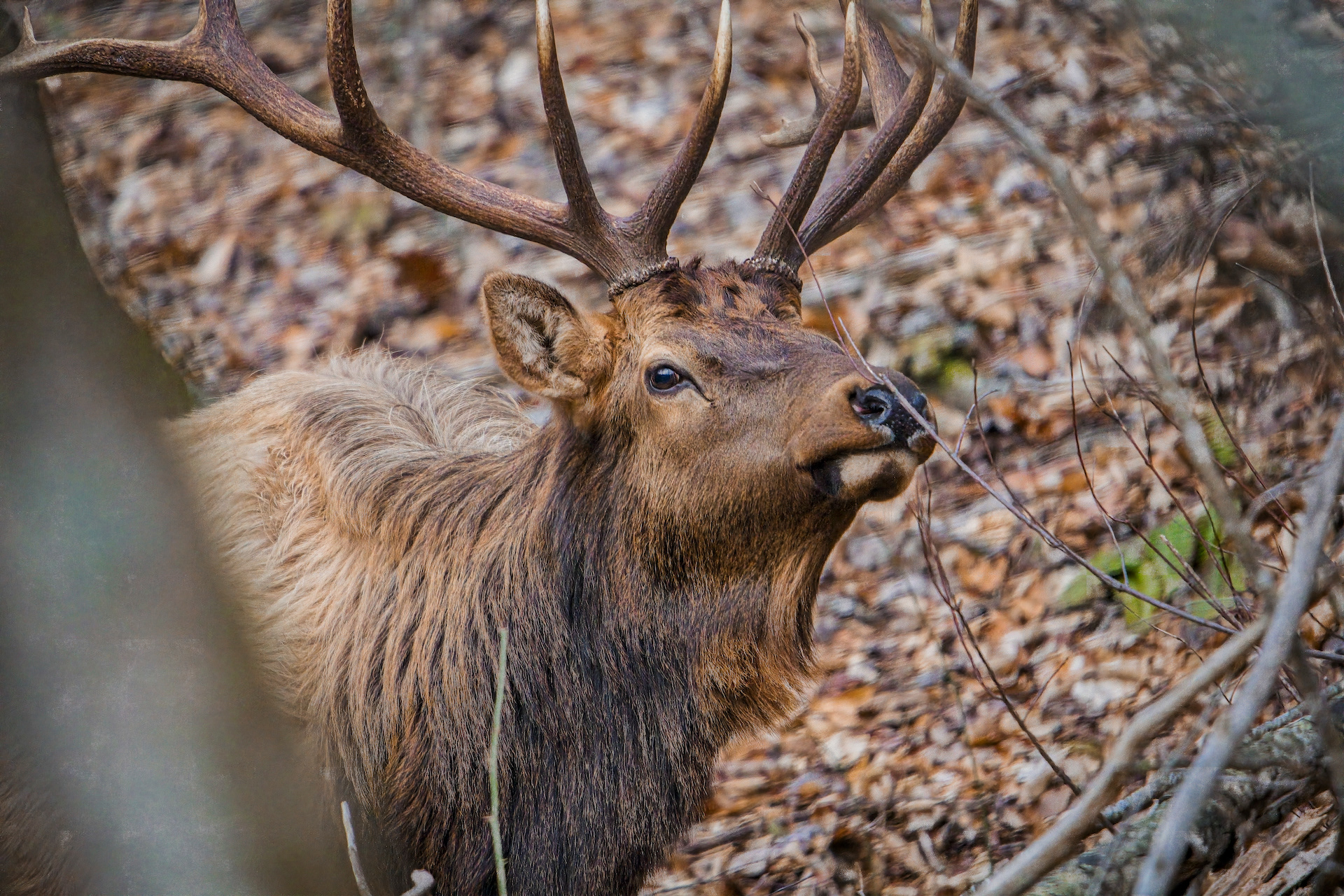
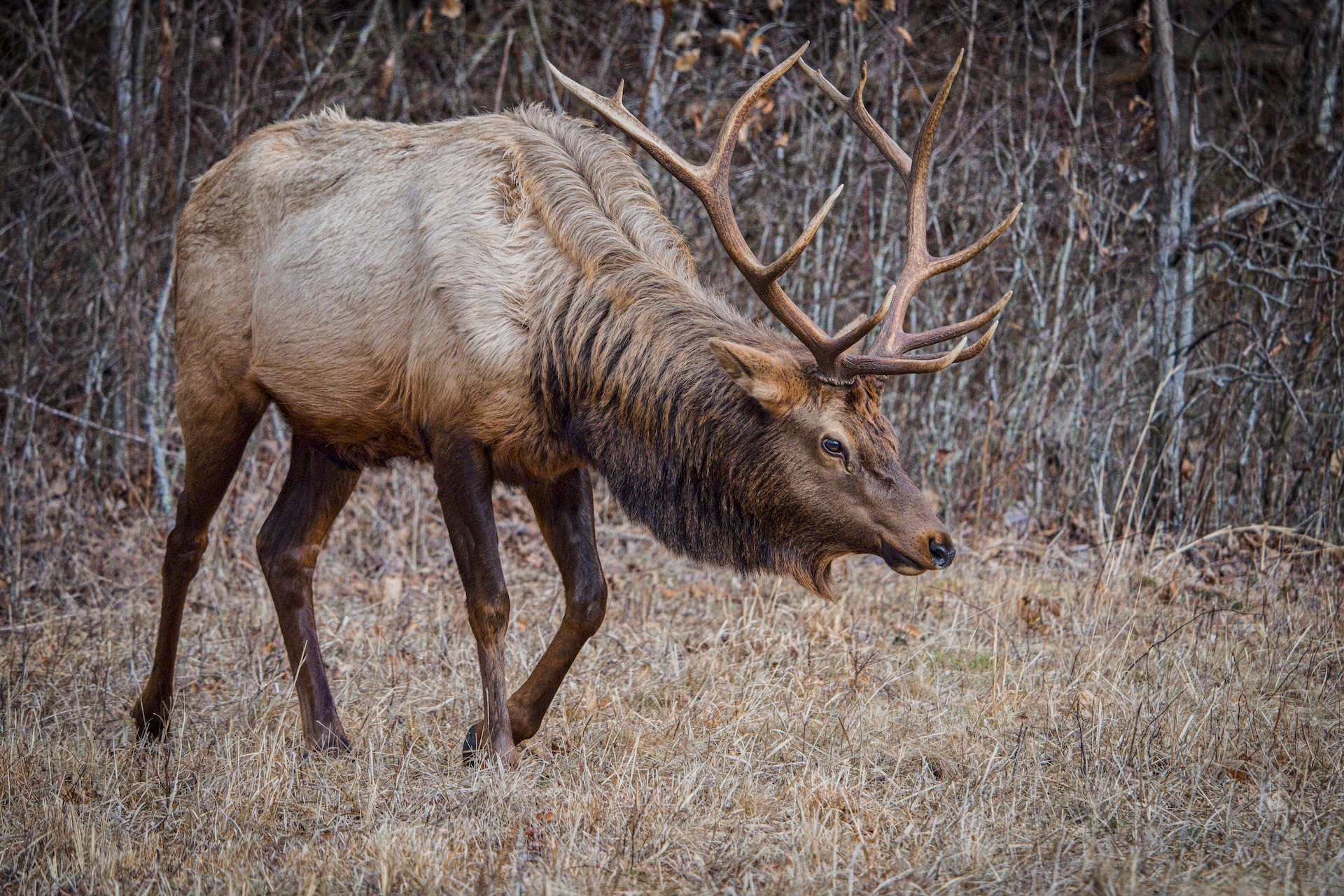
While pursuing my passion as a wildlife photographer for 15 years, my understanding and newfound love for photojournalism did not start until the summer of 2020. I began only being interested in capturing "pretty pictures," until I visited the northern region of the Arctic circle. My eyes were opened to the difference between the industrial wild I was used to and the true natural wild. Being from Denver, Colorado, there is an abundance of wildlife roaming the streets; this is what I always thought of as wild. After arriving at Lake Kipmik, I quickly discovered there was more to wild than through the modern lens. The animals in their wild environment was unlike anything I had ever seen. I saw fear turn to concerned interest as the wildlife questioned our intentions.
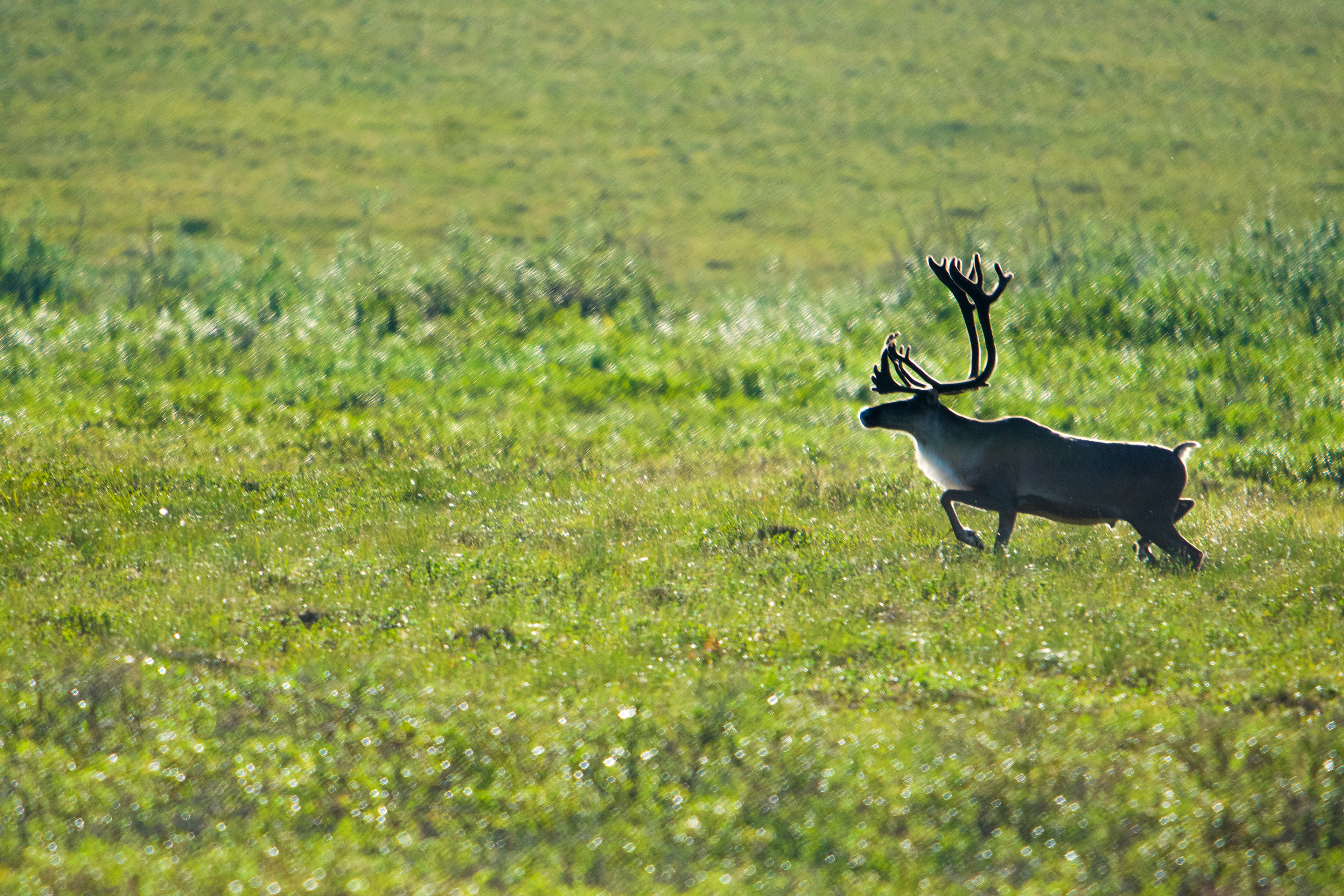
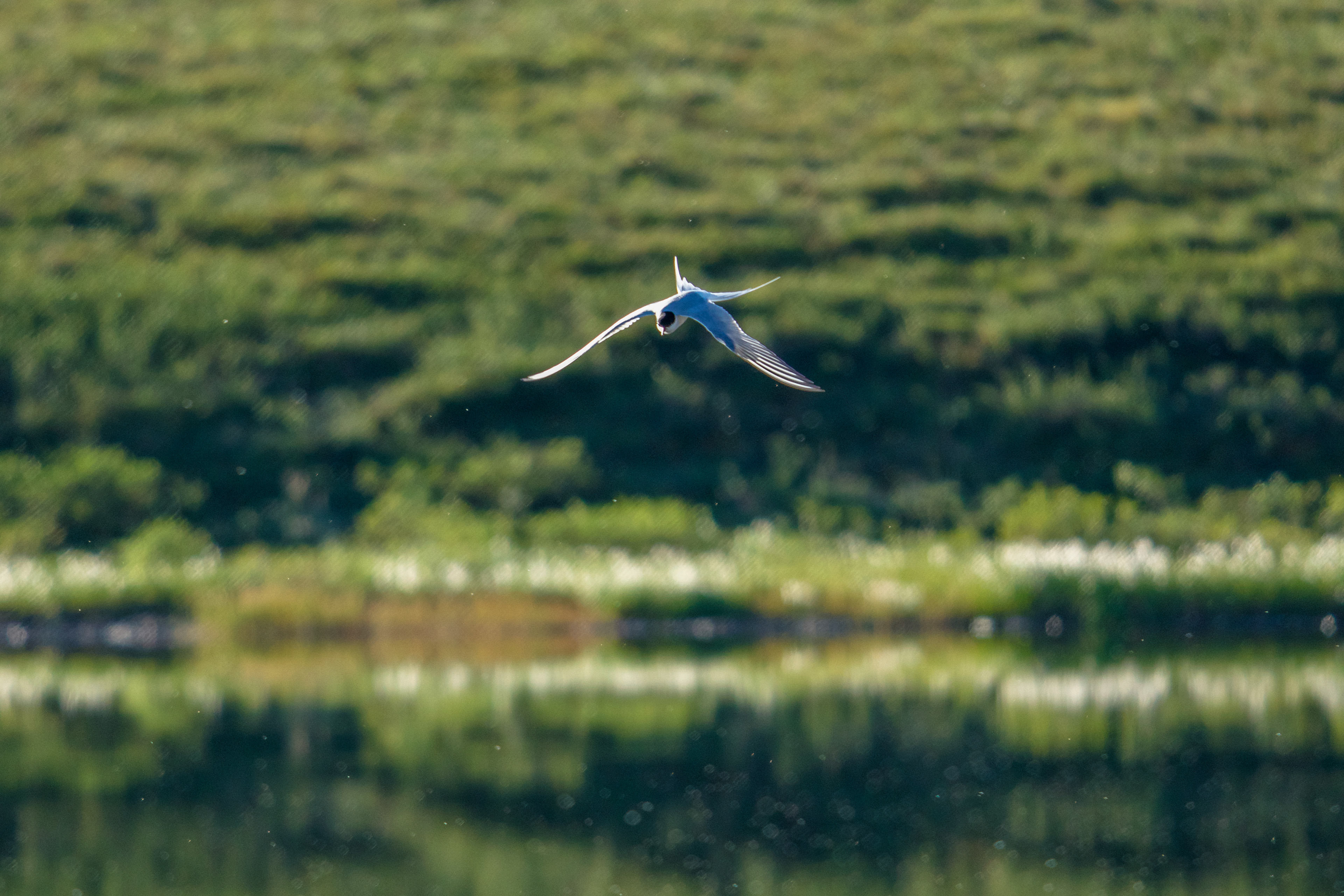
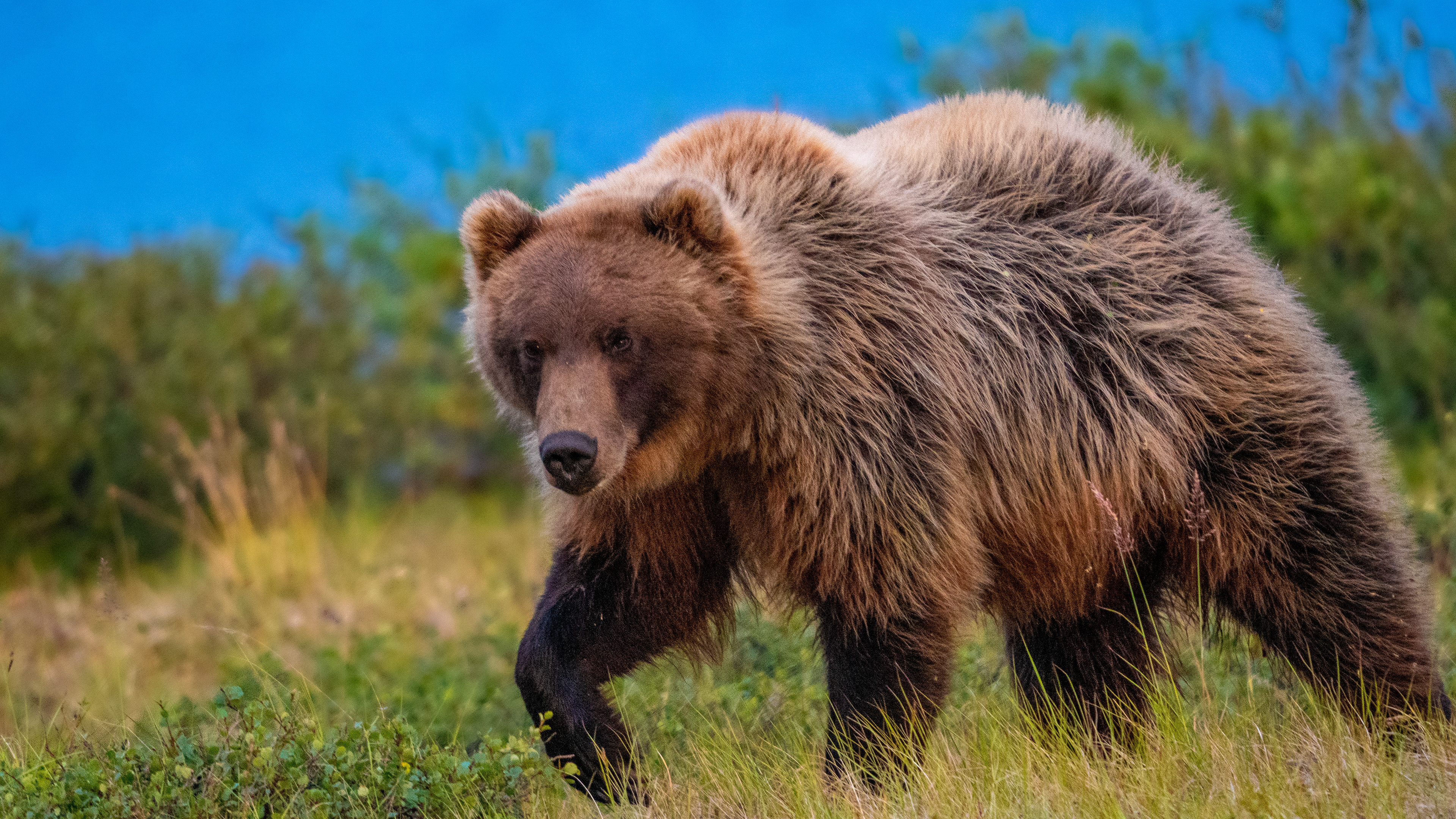
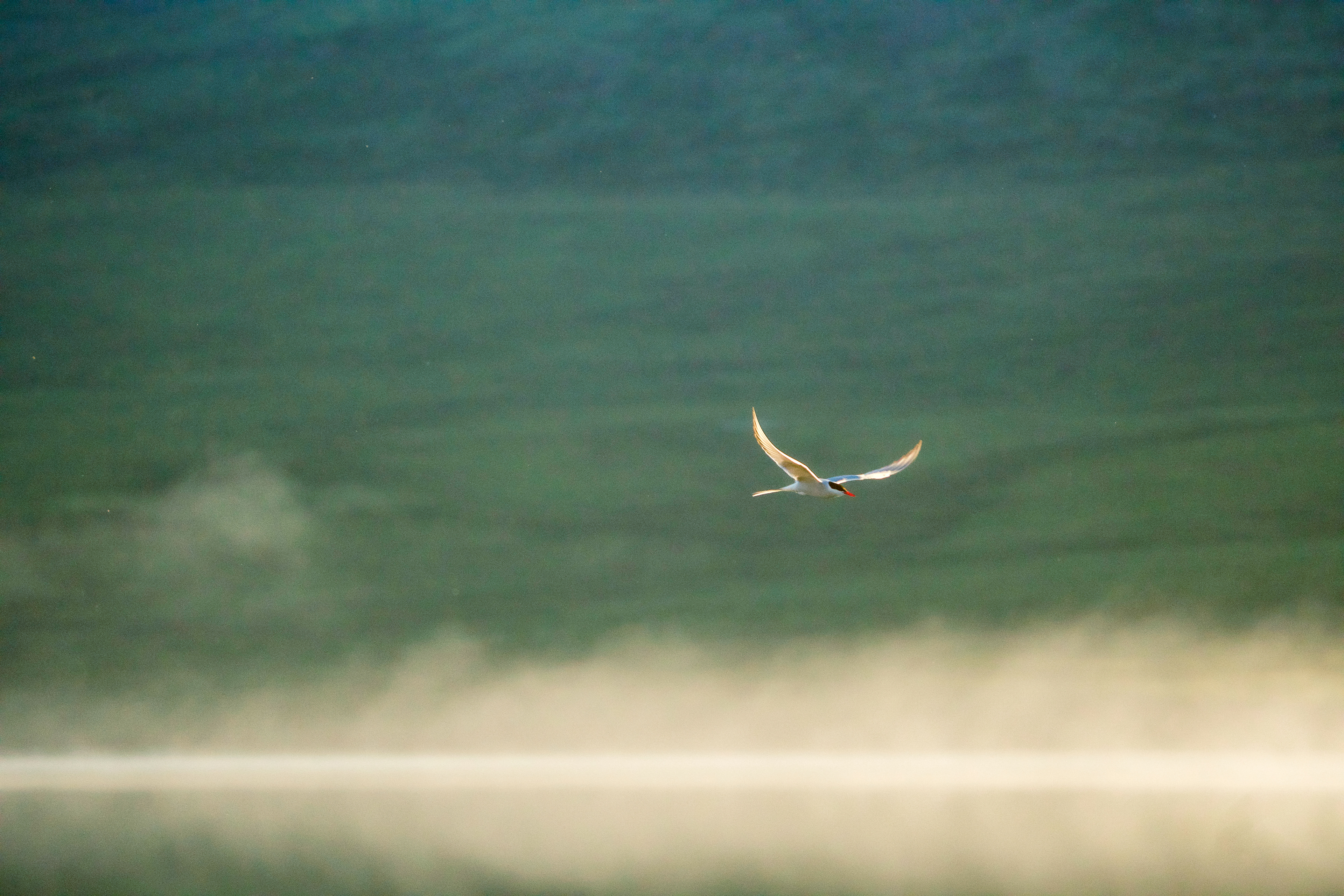
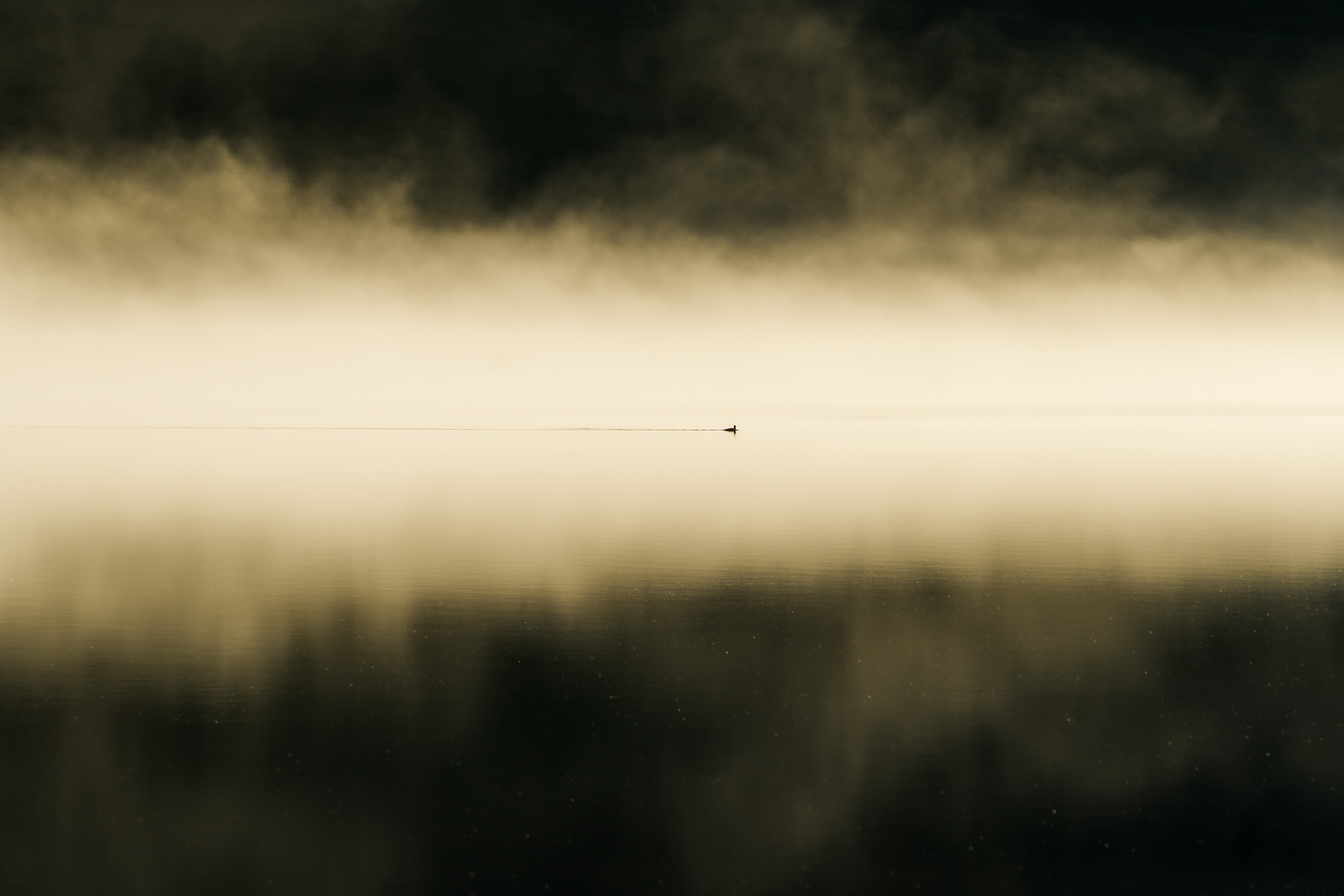
Just before the summit of McCullough Gulch on the south side of Mt.Quandary, a family of four moose appeared out of the brush. Despite their violent image painted by the media, they were quite docile. Seeing the same care from the mother moose that any human mothers would give their children. Most human mothers would lay down their lives for the safety of their children, a moose is no different. This experience showed that most mistake animal's to be aggressive when it is truly the ignorance of humans. Humanity may be technologically advanced and intelligent, but that does not make us impervious to the natural world. A mother moose will kill anything threatening its young, whether it is a predator in the wild or the humans' disregarding primal instincts.
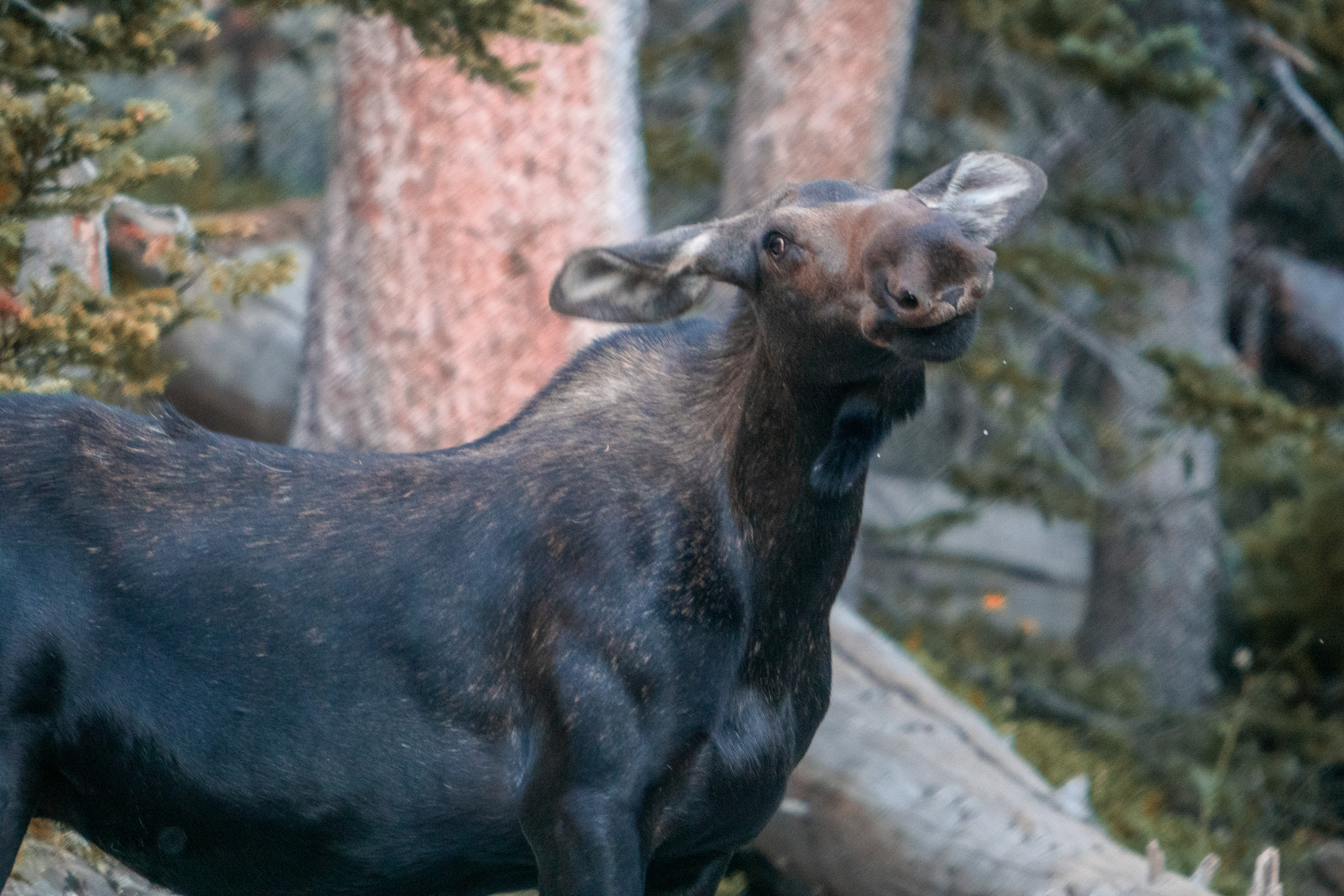
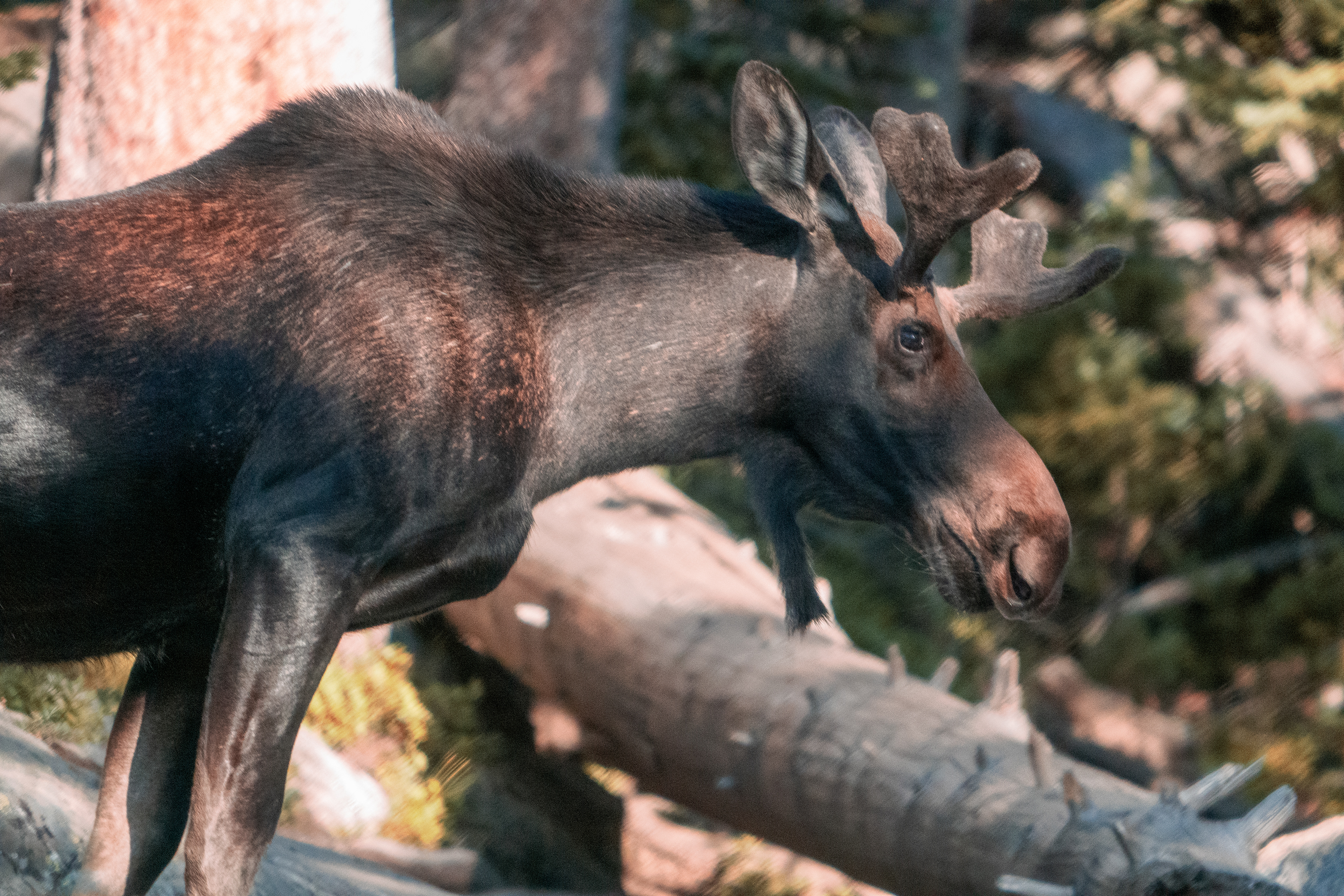
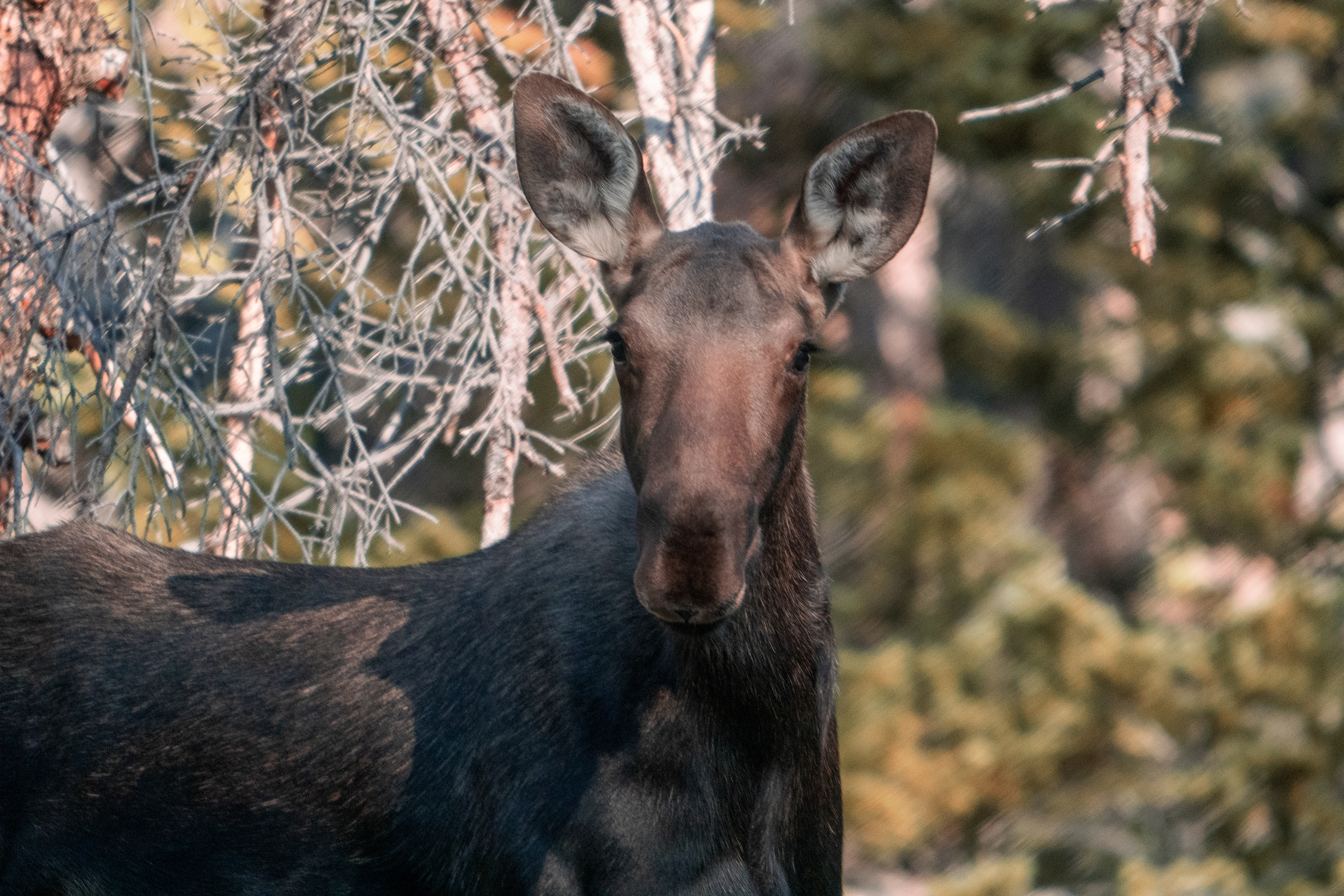
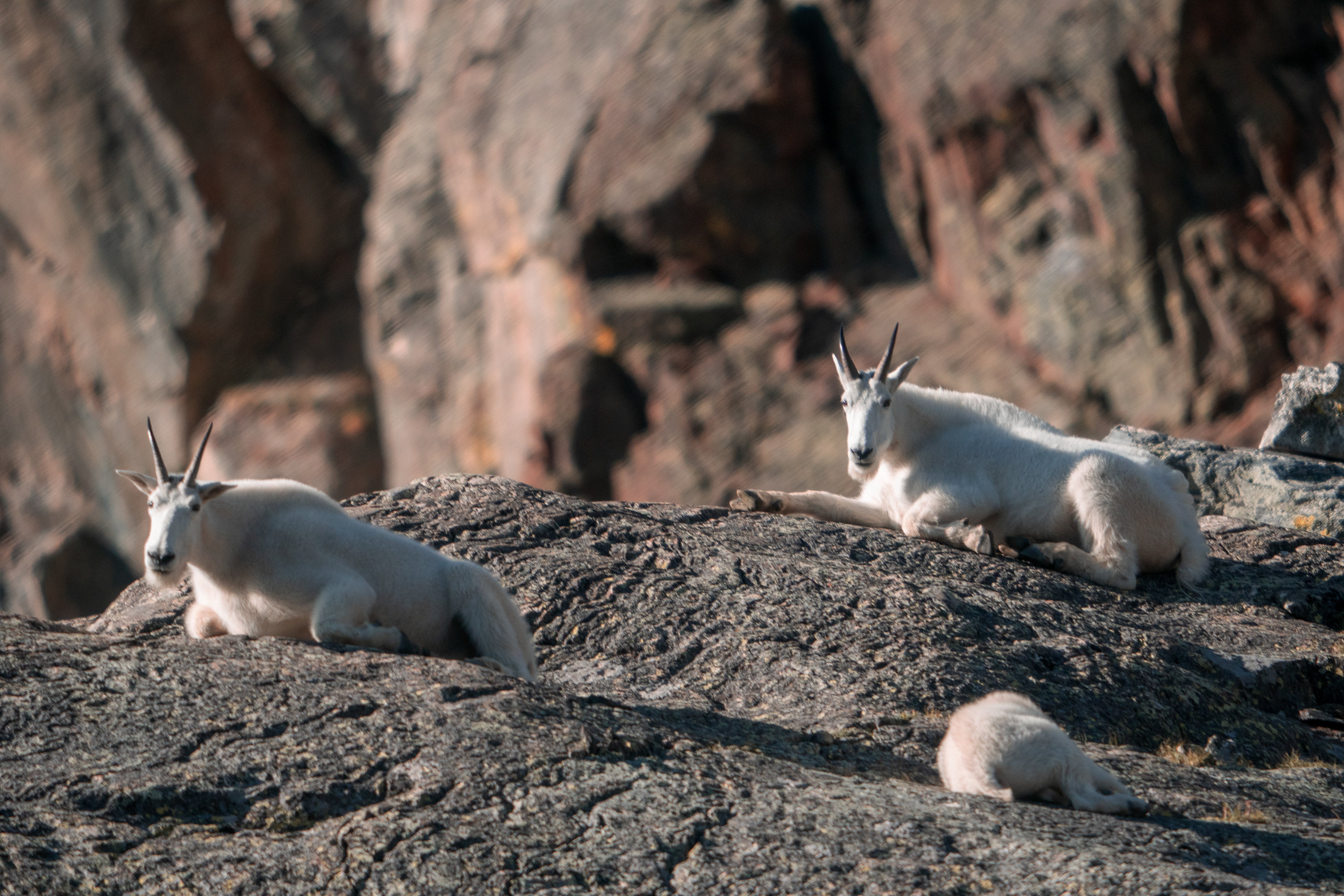
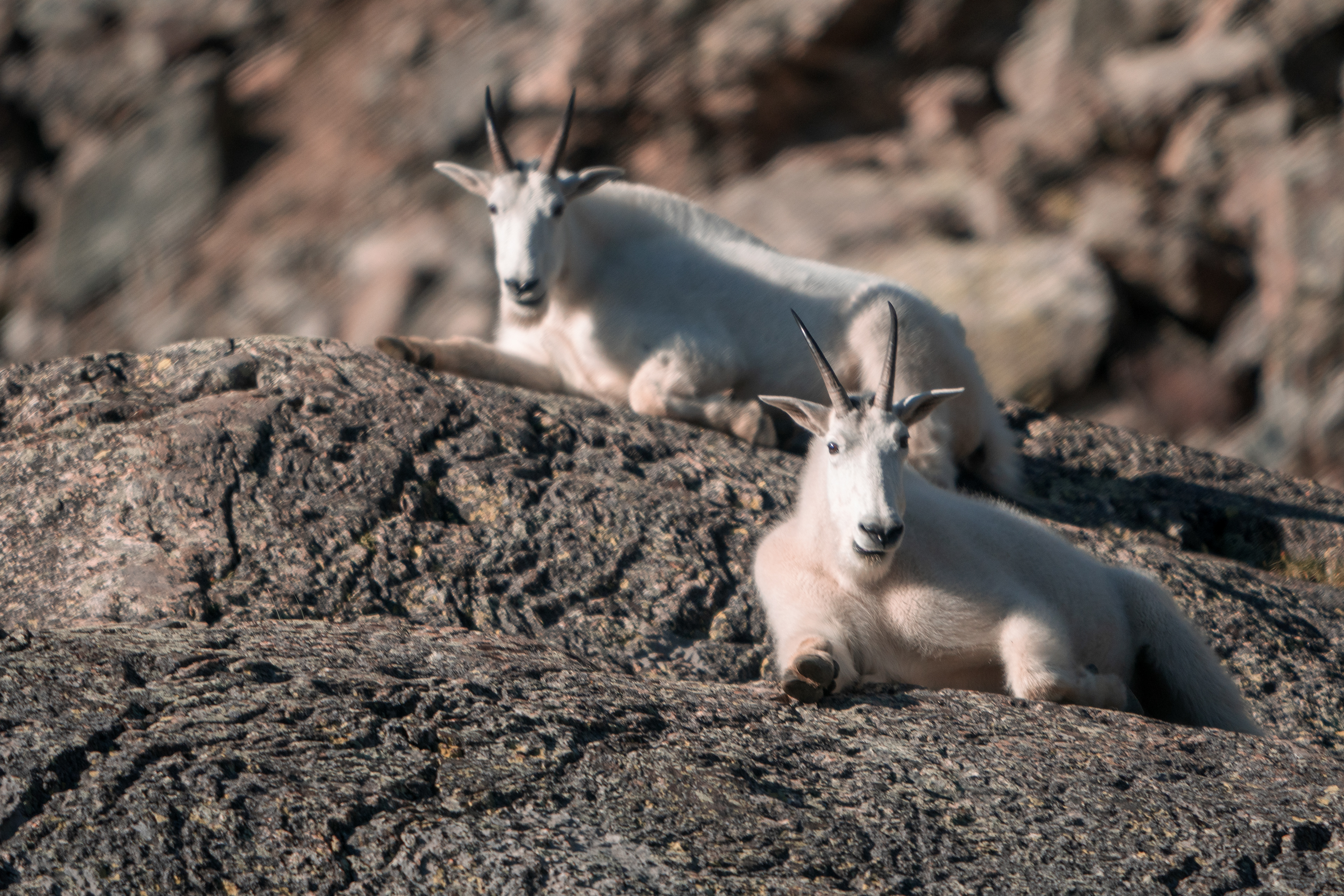
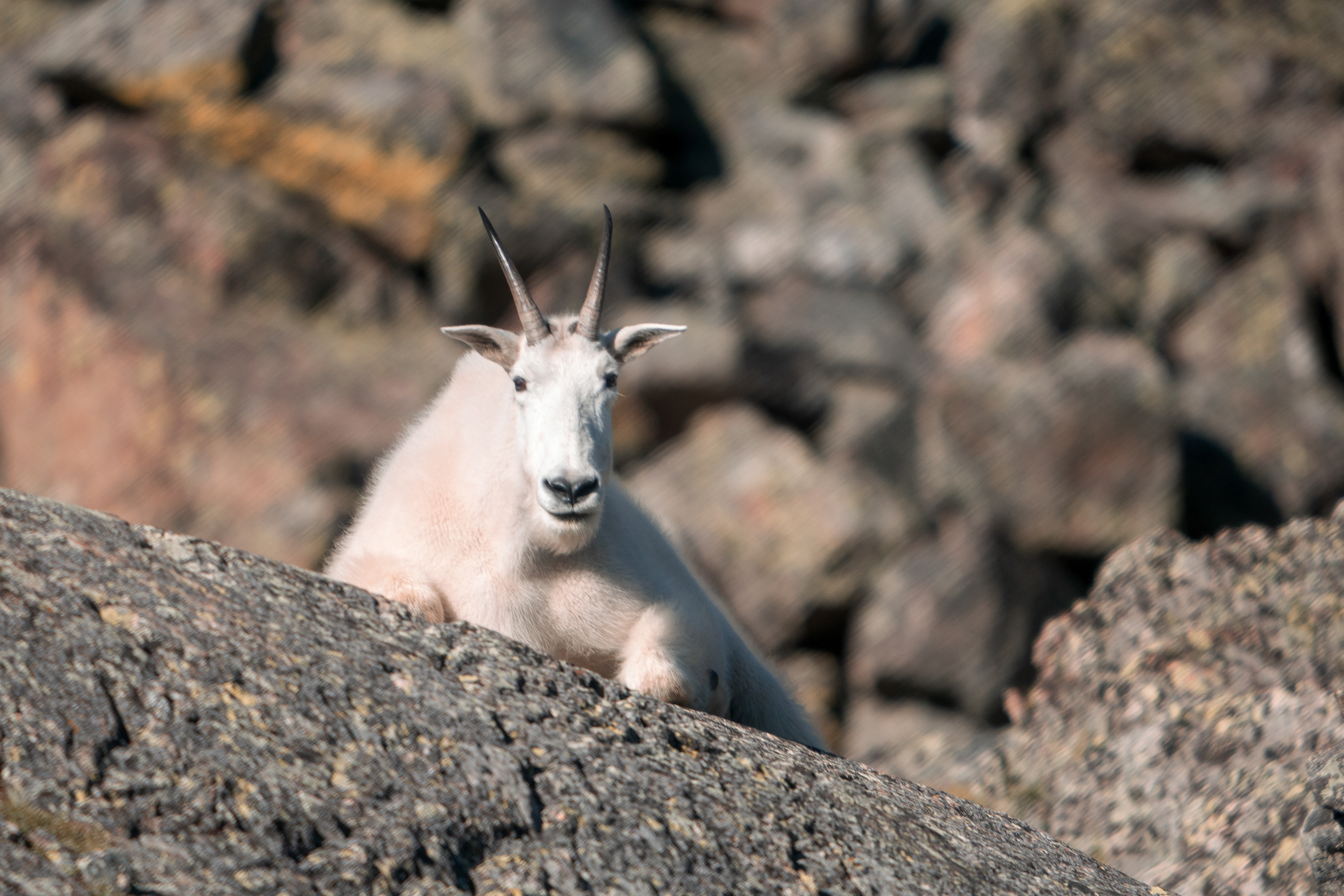
Rocky Mountain Arsenal Wildlife Preserve is a 15,000-acre plot of land 10 miles away from downtown Denver that is teaming with vast amounts of wildlife. The preserve is home to animals ranging from the bison to bald eagles to the rare black-footed ferret. I frequently visit this park, not because of the guarantee of seeing animals but because of my fascination with wildlife conservation. It is difficult to go there and consider these animals wild. Although the animals roam freely, there is a zoo-like feel due to the vast number of humans visiting. While the effort being taken by the park to ensure a home for these animals, it seems that the surrounding area and its developmental neighborhoods do not have this same concern.
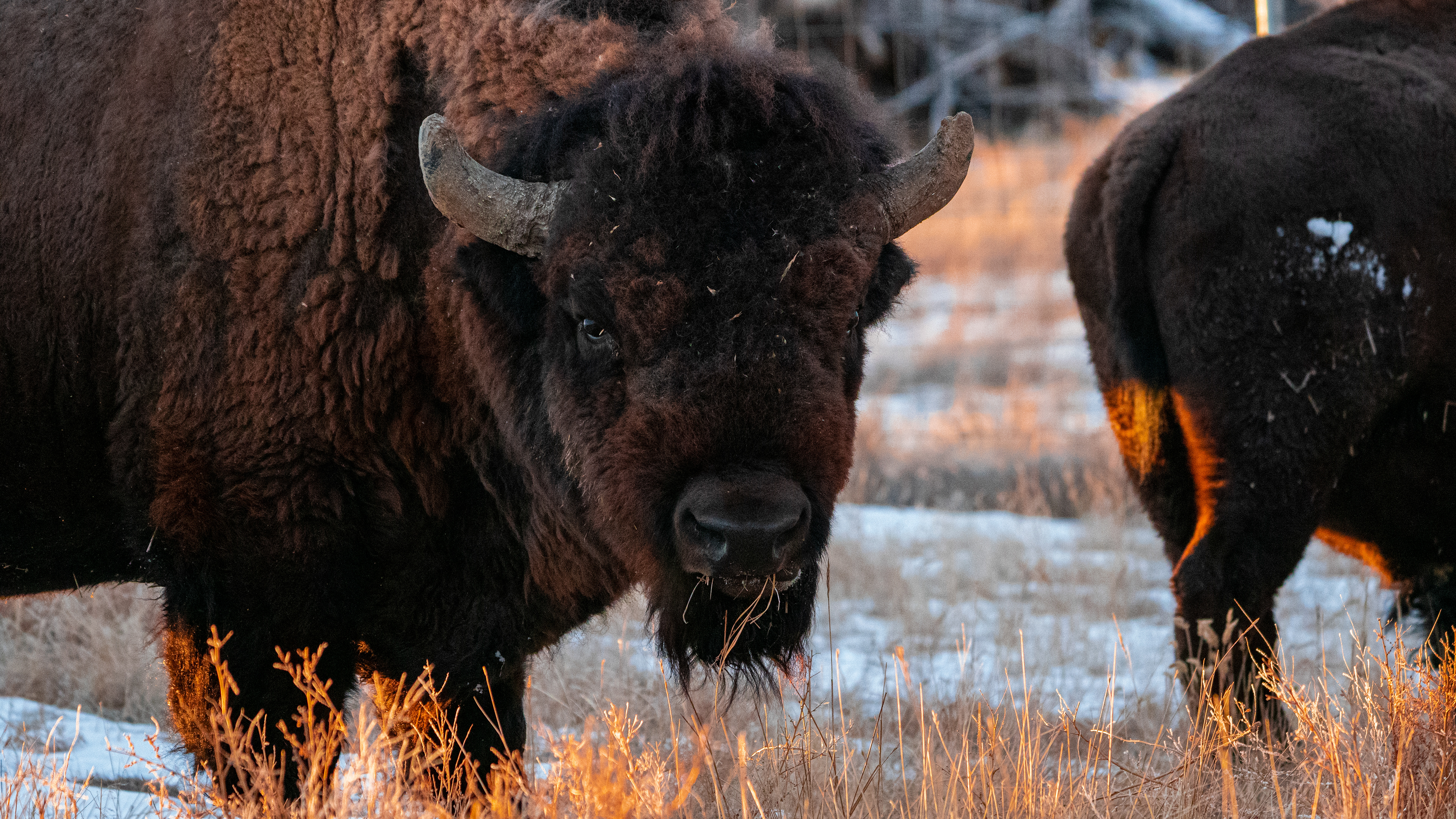
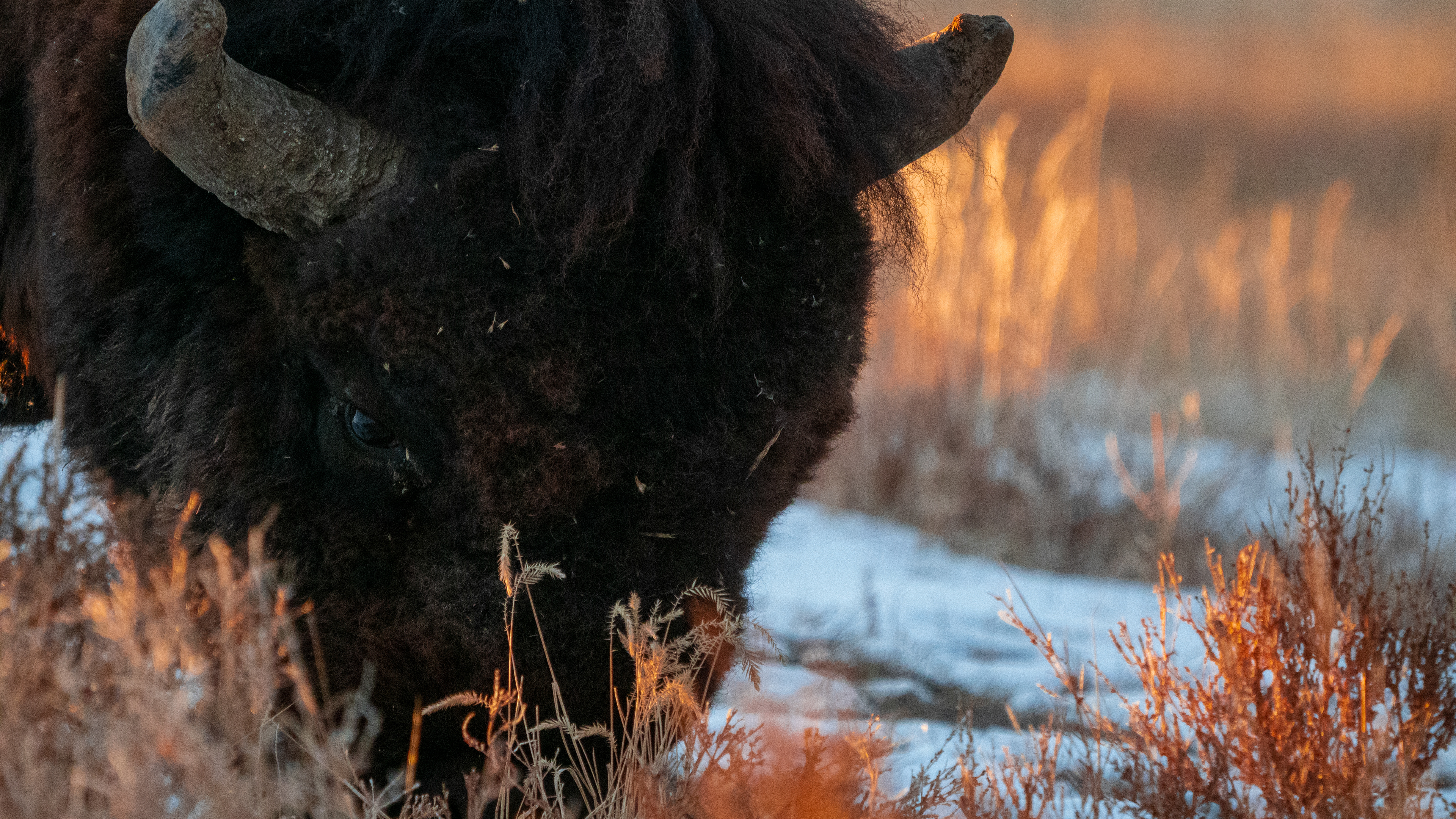
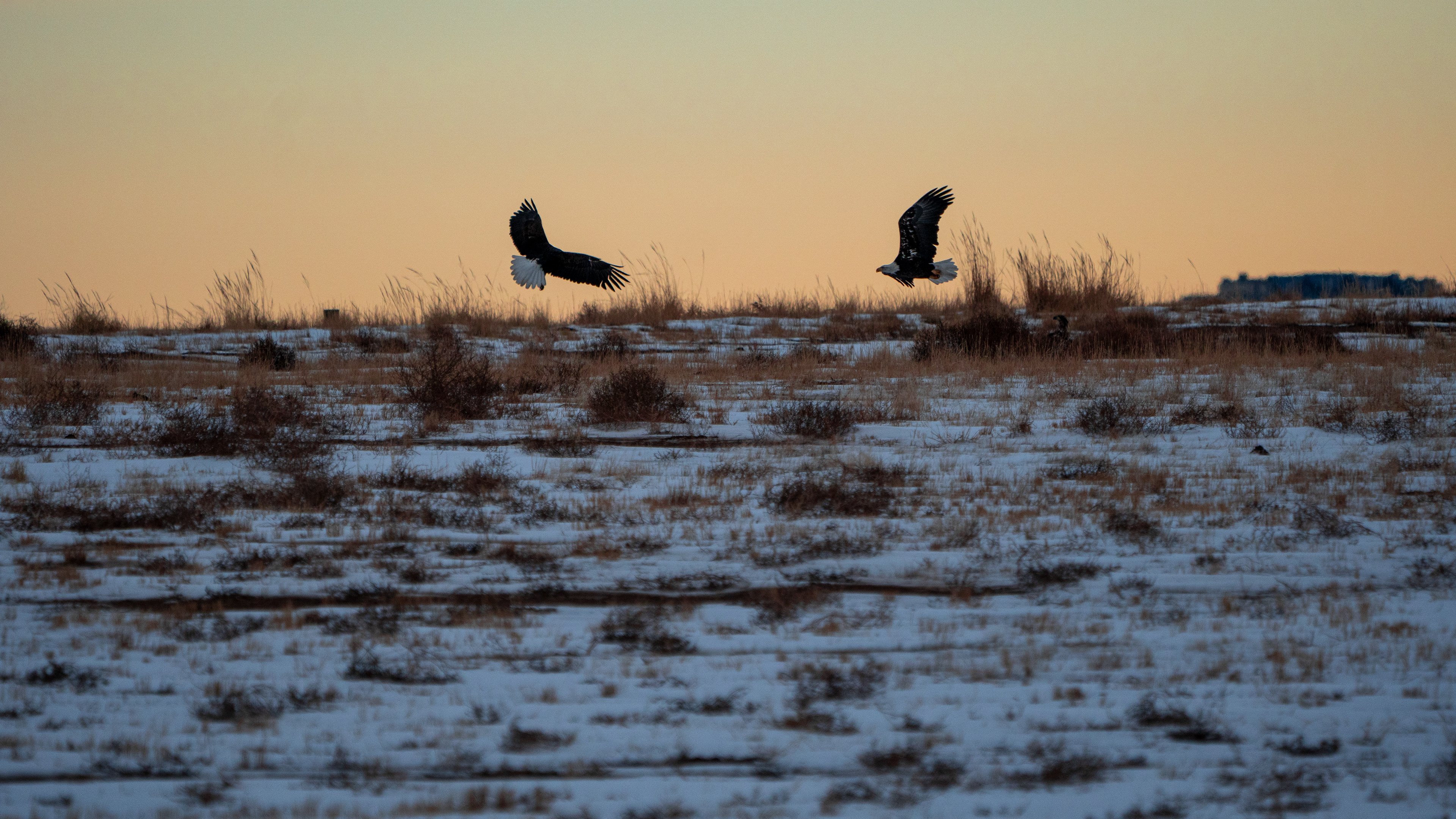
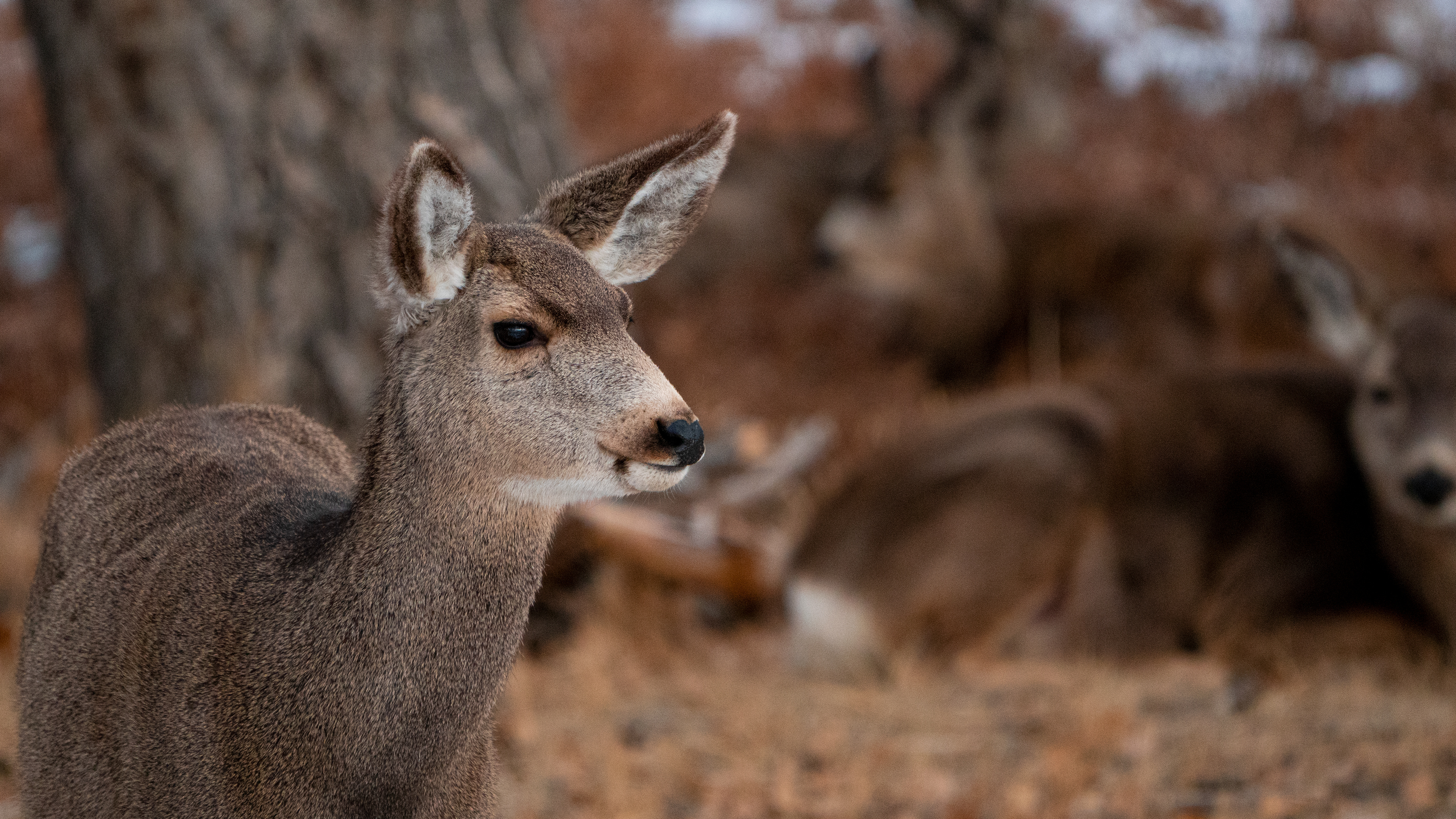
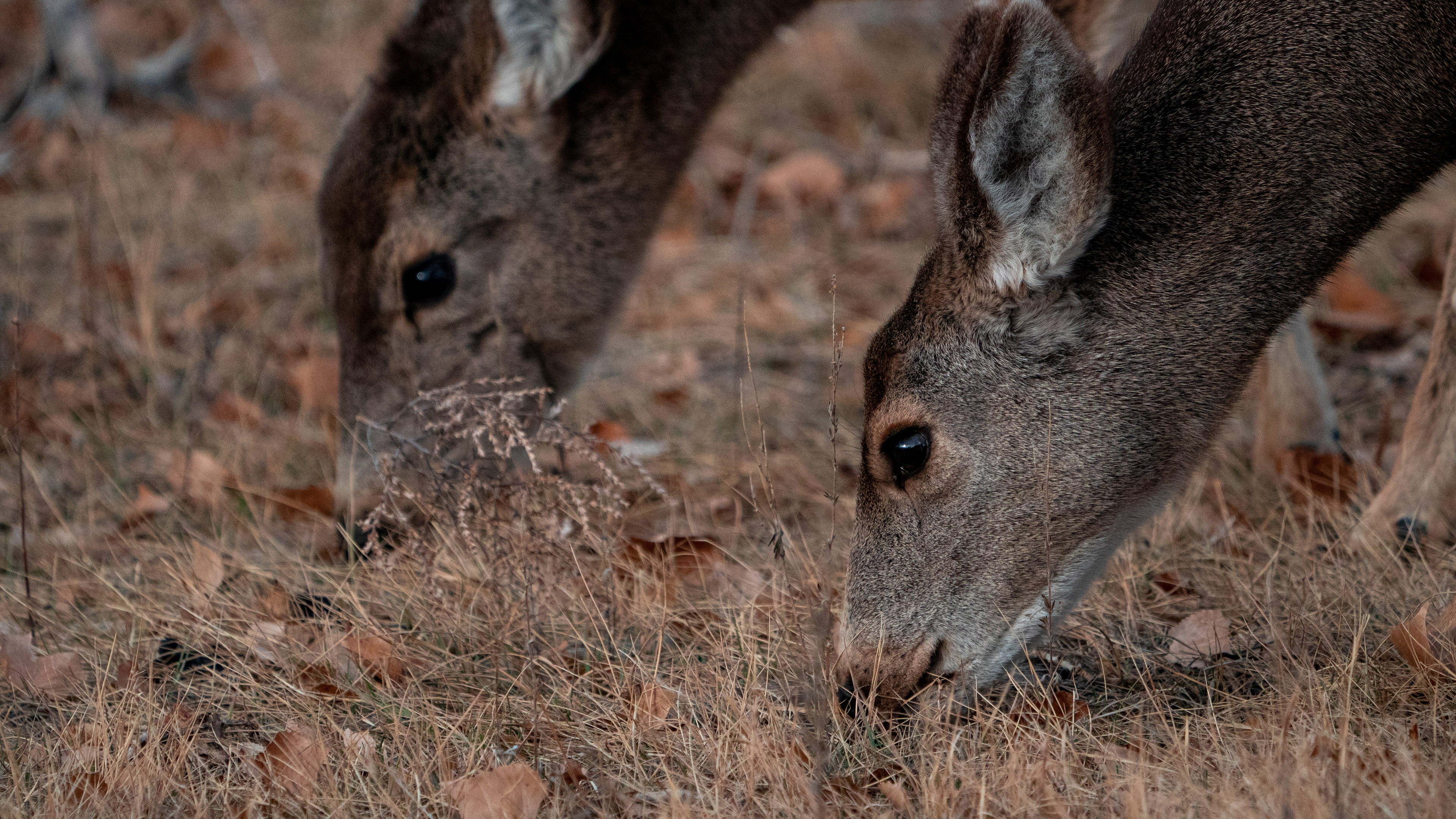

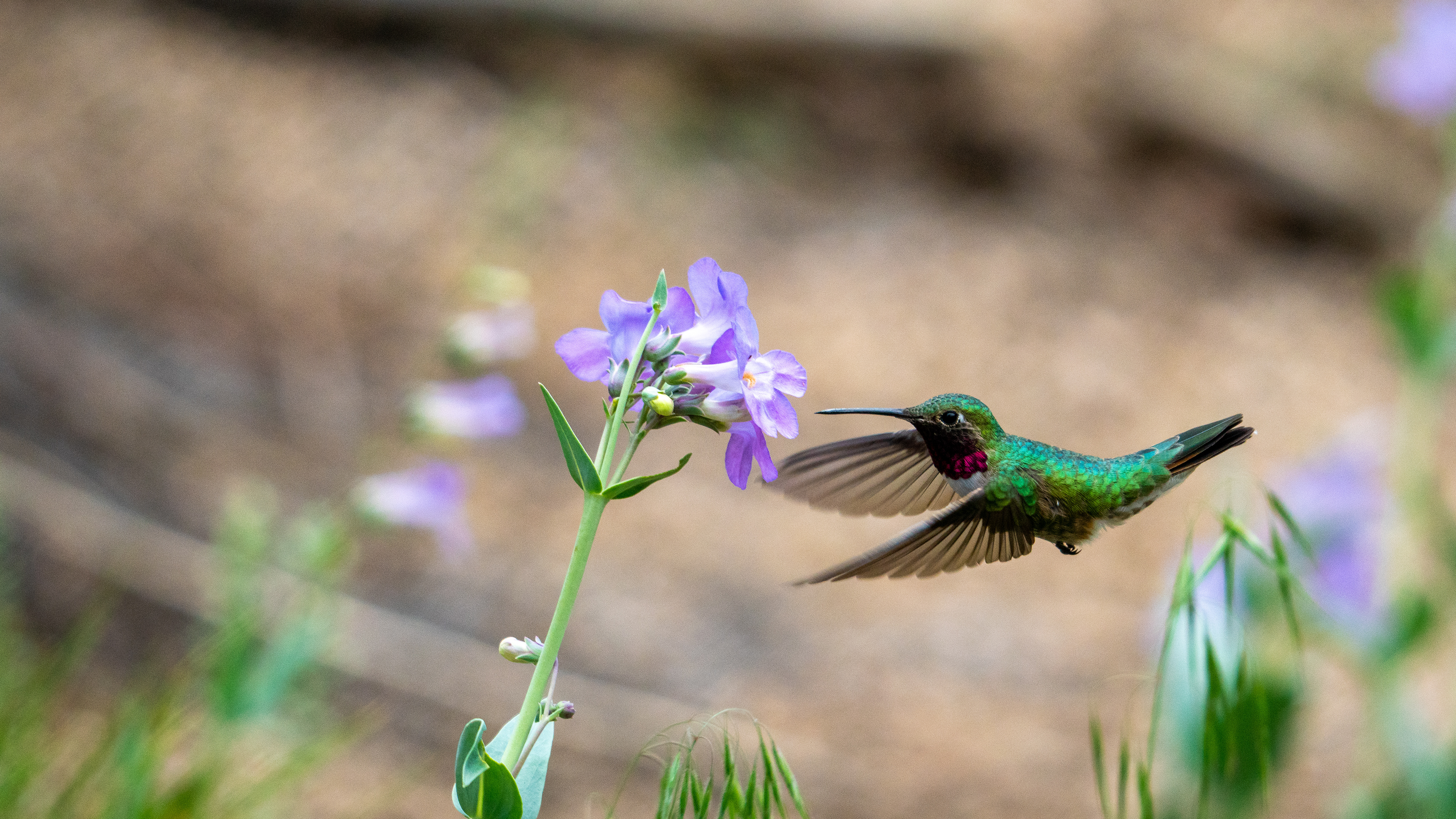
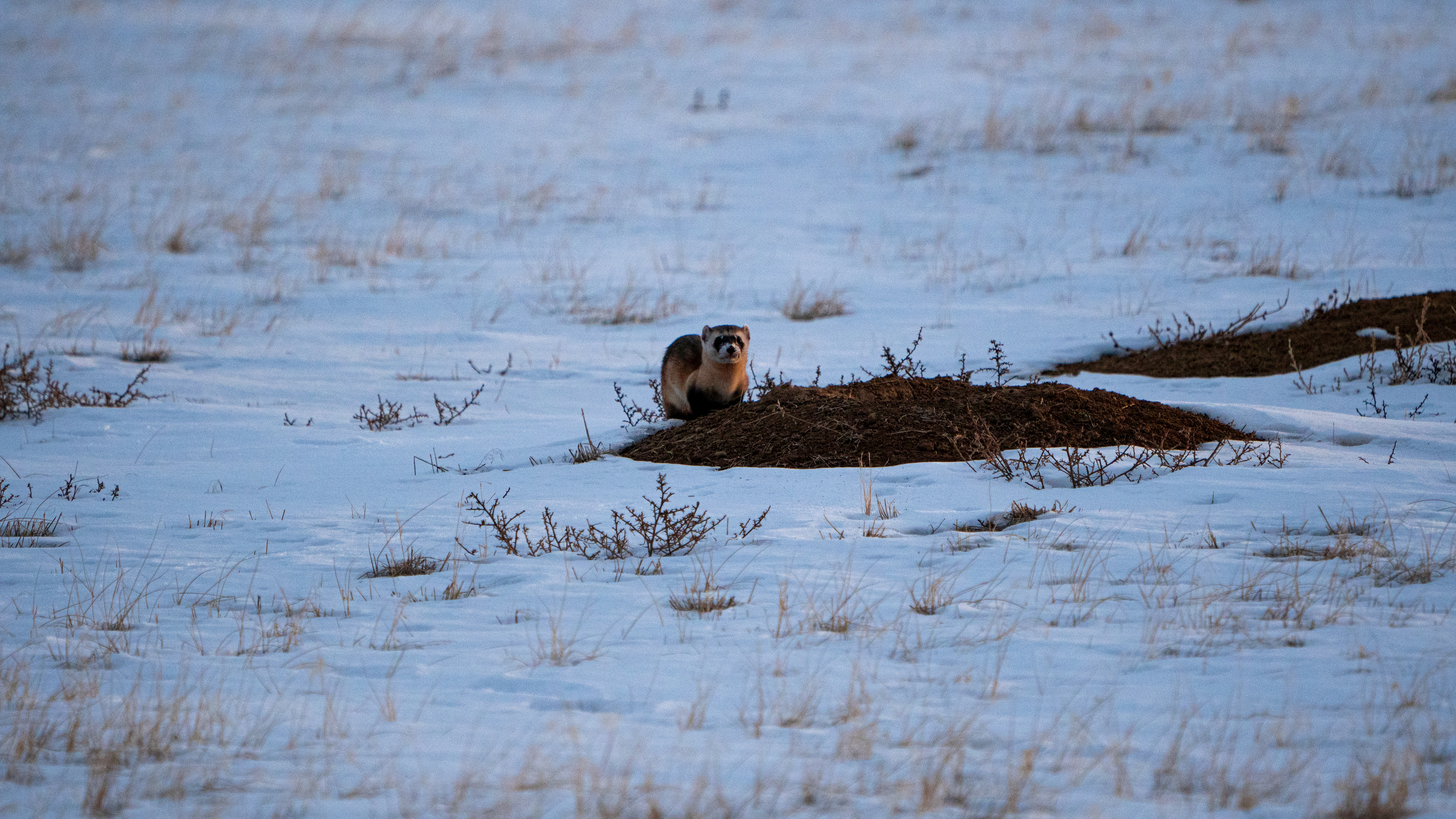
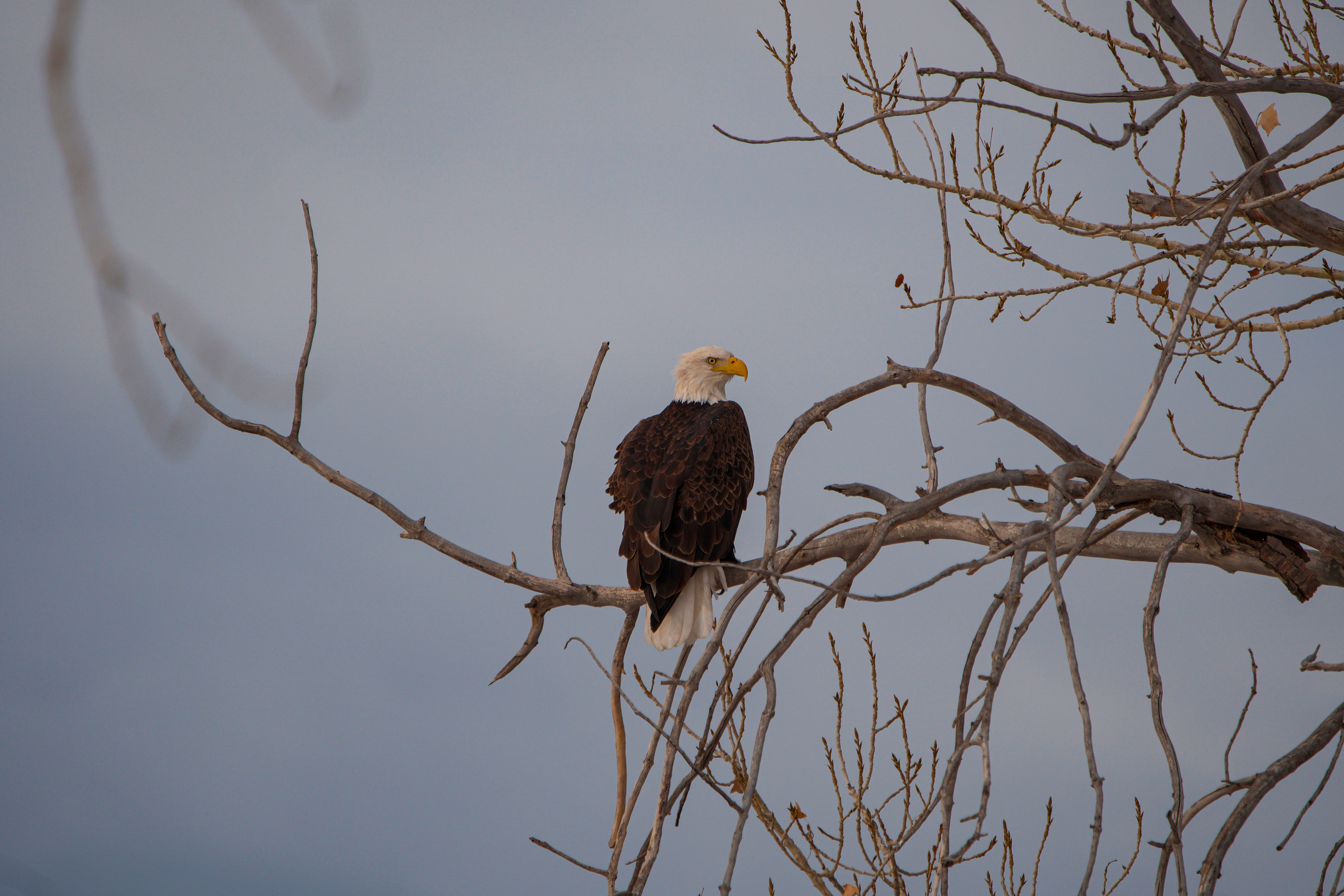
Waterton Canyon is home to many deer and small rodents, but most of all, the big horn sheep of the west. One late winter's evening, I was greeted by this surprisingly docile male. We came close as he made his way across the canyon's river. He continued, unaffected by my presence. At this moment, I realized that the big horn had become desensitized to human presence due to the foot traffic that comes through the canyon daily. While this may create a peaceful coexistence between the two species, it has caused problems on both ends. It makes the big horn vulnerable during open season and the humans vulnerable to their own ignorance.
